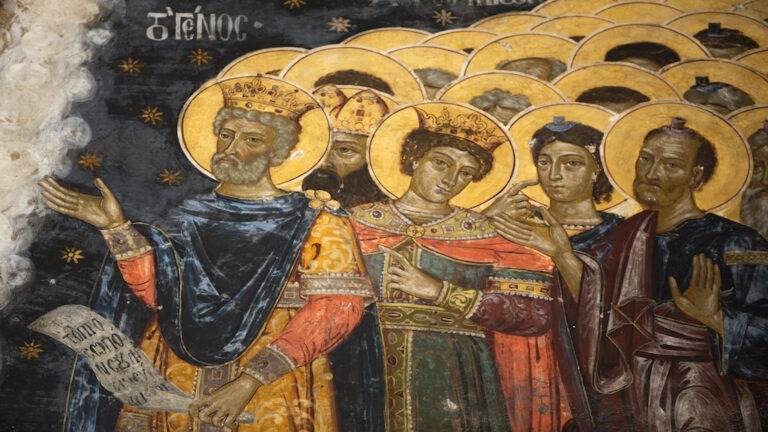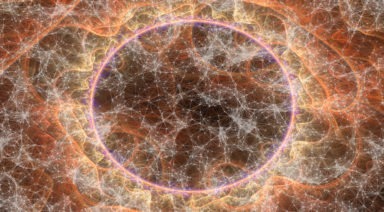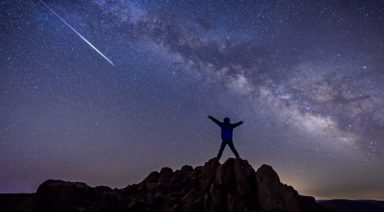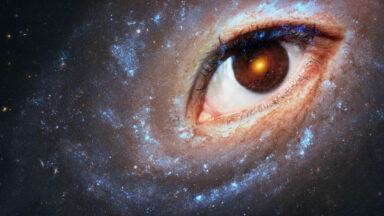The Sacred Uses of Psychedelics in Human History

So much has been written over the past several decades regarding the historical use of psychedelic plants and the way they’ve contributed to the evolution of our species. Scholars, writers, and scientists — including researcher Graham Hancock, psychologist Timothy Leary, and ethnobotanist Terence McKenna — have proposed our very evolution is inseparable from the use of psychotropics and the way they’ve shaped the human experience.
And now we welcome a new wave of psychedelic researchers, including author Tom Hatsis, who has deeply considered the ways in which certain plants may or may not have been depicted in ancient and sacred contexts.
Hatsis might be regarded as a man on a quest to prove nature’s plants have the power to bring growth and insight beyond ordinary sources of knowledge and information, but he is clear to distinguish between recreational and sacred use of them. He is also armed with plenty of research that aims to clear up misguided conclusions about the role of psychedelics in history, including their appearances throughout biblical works of art.

Enter your email below to receive a free ebook
A Guide To Various Plant Medicines and Their Therapeutic Benefits
Entheogenic Studies
Hatsis focuses a great deal on entheogenic, or psychedelic, studies. The term entheogen was coined in 1979 by ethnobotanical pioneer Carl Ruck to describe psychoactive substances derived from plants and fungi, ingested as part of a sacred ritual to produce visions or gain mystical insights.
With an unusual depth of understanding, Hatsis points out that these once-holy plants fell into disrepute and recreational use in the 1960s, leading to criminalization and disfavor in the larger cultural context, as they were being used as party drugs by those who held no higher intentions other than a desire to become intoxicated.
Hatsis says mainstream media bias led to America’s first real judgment of plant medicines, putting them in a bad light and creating a taboo against their use. The negative repercussions of ubiquitous substance abuse overshadowed the sacred, historical, and spiritual use of these plants, and Western society is still reeling from this misstep.
Psanctum Psychedelic Library
Hatsis is the founder of the Psanctum Psychedelic Library, which he created on the heels of a wide range of psychedelic literature he researched, collected, and devoured. The library has cataloged everything from 15th-century ointments to CIA mind-control tests in the mid-20th century. His meticulous work continues to be fueled by his devotion to psychedelic plants and his quest to honestly and faithfully serve culture, history, and the planet. He brings his education, as well as his personal experience, to bear, after decades of expanding his horizons with an array of plant medicines and in his words, “lots—lots—of cannabis.”
The Psanctum Psychedelic Library is a repository of psychedelic literature that has been largely overlooked — and even forgotten — by academics, healers, and laypeople. Hatsis’ research resurrects the experiences and ideas of Western intellectuals who rediscovered what shamans and mystics all over the world have known for centuries: The power of plant medicines provide access into the deepest parts of the psyche and soul. “These medicines,” said Hatsis, “get us closer to Gaia [Mother Earth]. For thousands of years, people have been using them to get closer to the divine.”
Setting the Record Straight
In his interview with George Noory, it becomes clear that Hatsis’ research clears up misconceptions regarding plant medicines, including suppositions made by those pushing for legalization as well as mystical seekers. Part of his contribution includes debunking research and teachings that misrepresent medieval paintings and suggest the use of certain psychedelic plant species were secretly encoded in early artwork.
The thousands of images often cited as proof of the use of holy mushrooms do not depict mushrooms at all, he says. Instead, they are images of stylized trees that can be easily traced to earlier concepts of trees in art. Medieval Christians, Hatsis says, were quite open about using opium, mandrake, cannabis, henbane, but did not mention using mushrooms. Considering the obvious use of all of these plant medicines, there was really no reason why artists would need to covertly place mushrooms in their religious depictions.
He concludes that while it is okay to be enthusiastic about the use of mind-expanding plants, it’s not okay to make suppositions without solid evidence.
Hatsis spends much of his time traveling, teaching, and working to show the profundity of mystical experiences whether naturally occurring or through plant medicines. But to be clear, he doesn’t advocate the careless consumption of these substances. On the contrary, he tells Noory, “I don’t recommend anyone take psychedelics, but if you’re going to, I recommend having a reverential approach.”
Is Psychedelic Tourism Destroying the Sanctity of Plant Medicine?
As psychedelic healing and plant medicine go more mainstream, luxury psychedelic tourism is on the rise—good news for the spread of this medicine, but how might over-commercialism affect this sacred practice?
A recent Bloomberg article highlights the rise in all-inclusive psychedelic retreats. Indigenous plant medicine has been around for centuries, and its health benefits have been scientifically demonstrated, but as it gains mainstream acceptance and finds a bigger audience, some only see dollar signs.
Bloomberg reports, “according to Data Bridge Market Research the psychedelic market is expected to grow from $3.8 billion in 2020 to $10.7 billion by 2027.”
With the potential to make a lot of money, could some unscrupulous companies capitalize on this trend and remove the sanctity of this practice?
Carlos Tanner is the director of The Ayahuasca Foundation in Peru, he founded the center in 2009 as the result of his own healing journey. “When I started our retreat center, The Ayahuasca Foundation, I was coming off of a seven-year study myself; a four-year apprenticeship where I lived with a curandero and several years after that of studying with other teachers,” Tanner said.
“For most people that were starting centers at that time—which wasn’t many—you were a student first, and eventually after years of study, you came to the point where you wanted to offer this to people from outside of the culture. Now we see people who don’t have very much experience at all, but yet they’re opening a healing center.”
As this budding industry is dealing with rapid growth, there are some complicated issues regarding its increased popularity.
“When it comes to the commercialization of substances that have an ancestral background I would say that it is a delicate situation, and I hope that there would be a benefit to those indigenous populations from which those traditions were orignated. But at the same time, I know many indigenous people and they are for the spreading of what they believe to be their culture, which oftentimes was something that was looked upon negatively or was degraded as if they were second-class citizens, quite literally,” Tanner said.
“But now having people from the Western world, from the modern world, want to learn or experience elements of their culture, I think gives them a sense of pride. So it’s a complex question, to say the least.”




































